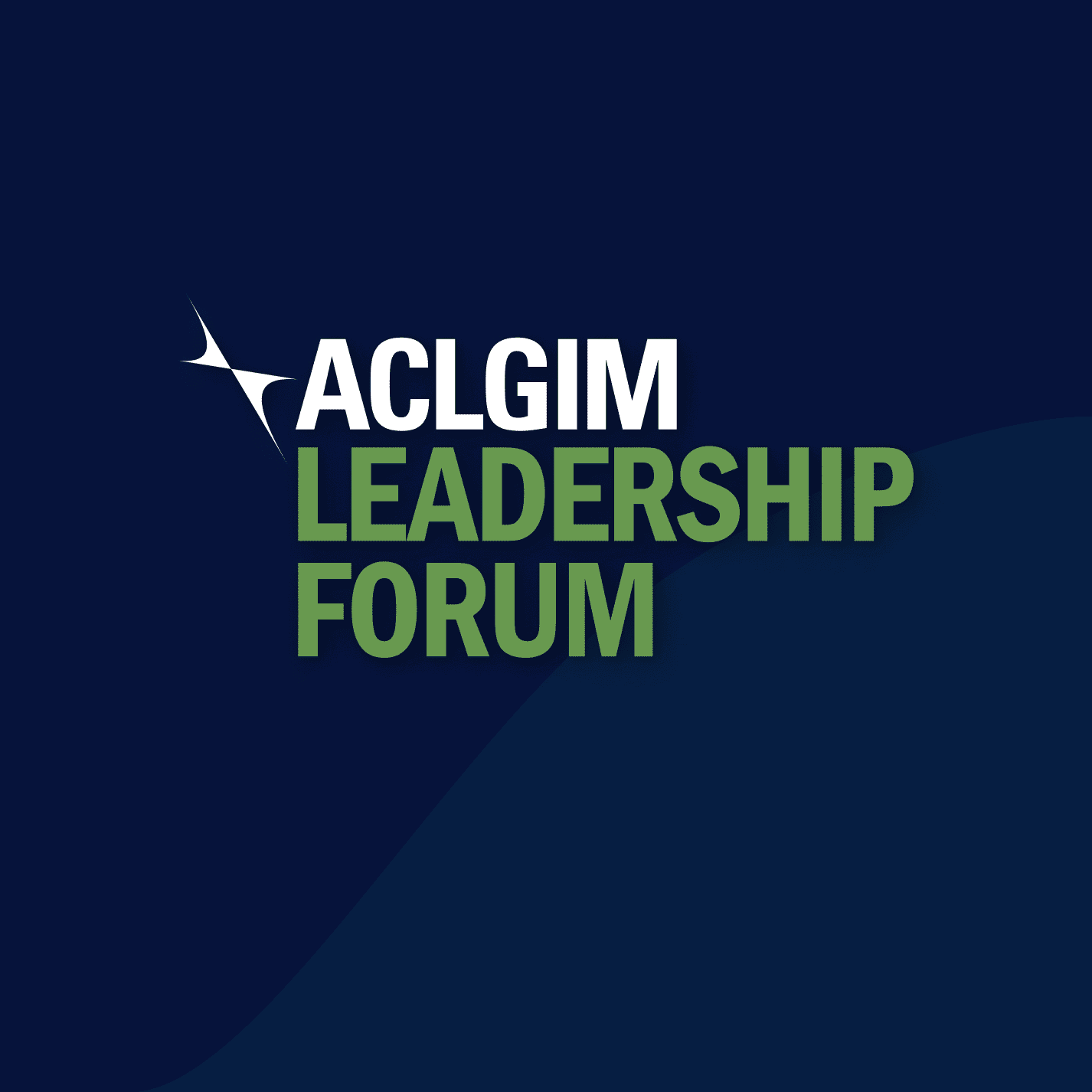What if we could start thinking about generational differences at work as an opportunity rather than a threat? That’s the question I recently asked attendees at the Hess Institute during my talk on Gentelligence®.
Gentelligence® is a movement that encourages intergenerational learning and collaboration. This approach paves the road for younger employees to collaborate with older generations to innovate and solve problems. Not only the unique identity of each generation must be well understood but also the insight of every generation must be utilized to its fullest potential to successfully turn intergenerational discord into opportunity.
A Gentelligent mindset suggests that generational identity be used as a valuable lens of understanding: it can help provide important context for different behaviors or higher frequencies of attitudes when we compare one age cohort to another. However, Gentelligence® pushes back against universal labels and assumptions that all members of a generation are always a specific way and breaks away from the lazy stereotyping that often surrounds generational differences.
At their core, generational differences are a valuable diversity. Left to their own devices, they are most likely to lead to frustration and confusion. Beyond that, the organizational costs of poorly managed generational diversity can be significant: turnover, low engagement, loss of organizational knowledge, and team dysfunction. The good news is that a proactive leadership strategy can not only neutralize those negative effects but also can create significant positive benefits. That is where Gentelligence® comes in. Encouraging intergenerational learning and collaboration allows us to access complementary kinds of knowledge and expertise, tap into different informational networks, drive innovation, and navigate change.
Gentelligence® involves four key practices: Identifying Assumptions, Adjust the Lens, Build Trust, and Expand the Pie. These daily strategies are designed to transform how we frame and engage with those older and younger.
- Identify Assumptions: audit the automatic biases you and those you work with may have regarding age.
- Adjust the Lens: acknowledge that we often judge behaviors based on whether they align with our own preferred norms and work to proactively shift to being curious about why those in different generations may see things differently.
- Build Trust: create a psychologically safe environment where everyone regardless of age feels safe to ask for help as well as contribute ideas and perspectives.
- Expand the Pie: embrace mutual learning and seek out ways for all generations to work together to create win-win collaborative opportunities.
Through regular use of the practices and tools, we can shift our perspective from one of judgment to one of understanding and therefore see the potential benefits of intergenerational learning and collaboration.
References
- Gerhardt M. Introducing a transformative way to end the generational wars once and for all. Gentelligence Academy. www.gentelligenceacademy.com. Accessed November 15, 2023.
Issue
Topic
ACLGIM
Author Descriptions
Dr. Gerhardt (megan@profgerhardt.com) is a professor of management and leadership at the Farmer School of Business at Miami University, where she also serves as Director of Leadership Development for the Farmer School and the Robert D. Johnson Co-Director of the Isaac & Oxley Center for Business Leadership. She is also the founder of Gentelligence Academy, an online learning platform to promote the power of age diversity in the workplace.1
Share
Related Articles
Primary Care in the Modern Age
While the demands on primary care clinicians have changed, the model of…
Medicine Needs You: A Chance Encounter (Part Two)
I was surprised to receive a text message from you the next…


